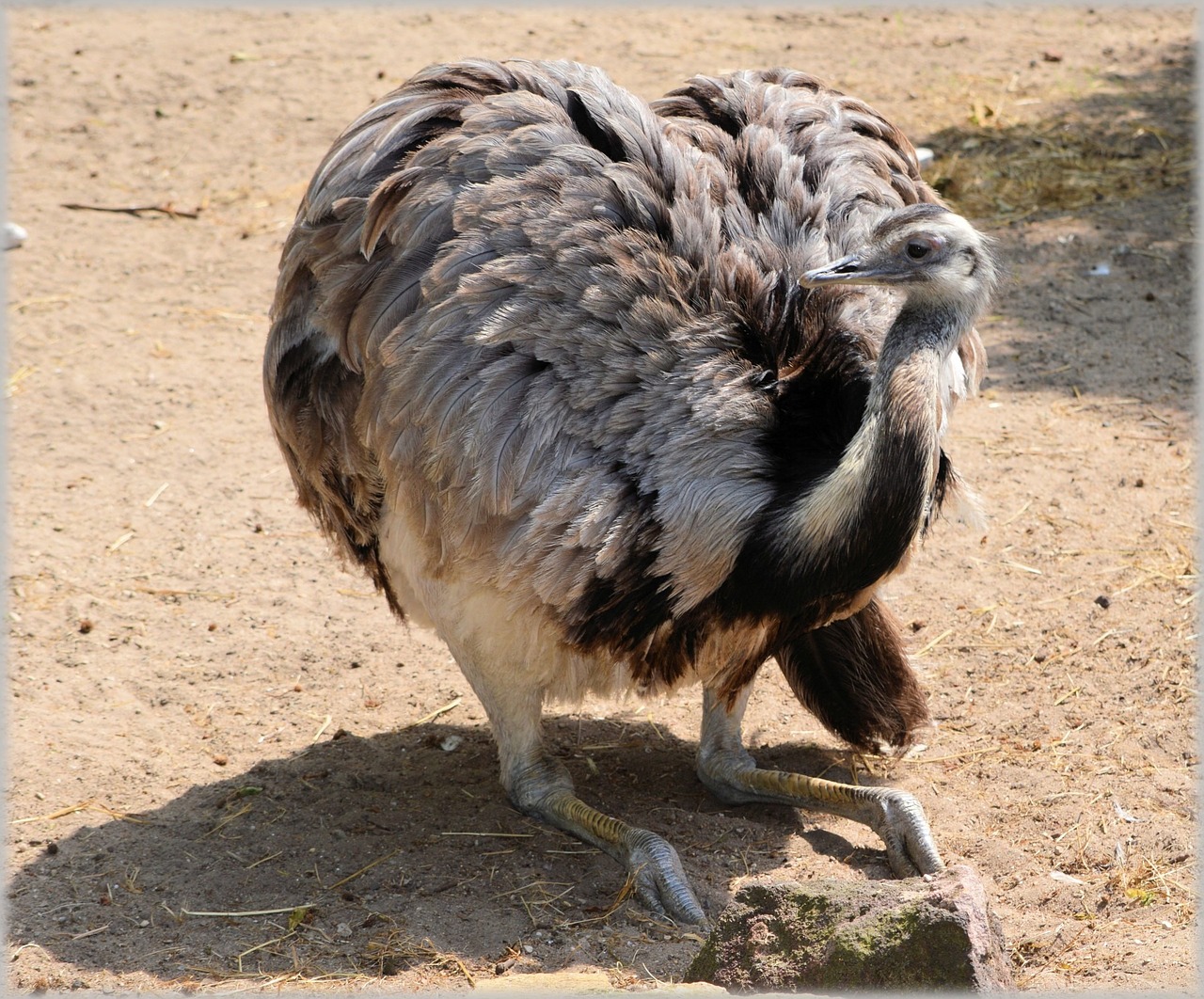What are flightless birds and where can there be found?
Some birds, including the largest of all living birds, have lost the ability to fly. The ostriches and their relatives rheas, emus, cassowaries, and kiwis are flightless birds found in Africa, South America, and Australia, including New Guinea and New Zealand large flightless bird. The tinamous of Central and South America are related to the ostrich group, but they have a limited ability to fly. Other birds that feed primarily on the ground and are excellent runners include the bustards (relatives of the cranes) and megapodes, members of a group of chickenlike birds that includes quail, turkeys, pheasants, and grouse. Vegetation is an important part of the diets of running birds.
Flightless bird Species
Cassowary
Cassowary, common name for any of three members of a genus of flightless birds. Cassowaries stand 1.2 to 1.8 m (about 4 to 6 ft) high and can run as fast as 48 km/h (30 mph) when frightened. Their inner toes bear long, straight, knifelike nails, which are deadly defense weapons, large flightless bird. The loose, hairlike body plumage is brownish-black; the head and neck are bare and brightly colored in various combinations of red, yellow, and blue. The top of the head bears a large, bony crest. Two species have long, leathery wattles hanging from the front of the neck. Originally found only in northern Australia and New Guinea, cassowaries were brought as pets to New Britain, Ceram, and the Aru islands. Unlike their relatives the emus, rheas, and ostrich, cassowaries are birds of the forest rather than of open plains. As in all of these birds, the males incubate the eggs, which in cassowaries are dark green and number three to six per clutch.
Emu
Emu, common name for any member of a genus of large, flightless birds. Only one species, of Australia, survives; related emus on Tasmania and Kangaroo Island, Australia, were extirpated by the early 19th century. Excluding the ostrich, it is the largest of all birds, attaining a height of 1.8 m (6 ft) and a weight of 59 kg (130 lb). The wings of the emu are mere rudiments hidden beneath the coarse, almost hairlike feathers of the body. The plumage is dull brown, darker on the head, neck, and middle of the back, and lighter on the undersides. The naked parts of the head and neck are grayish-blue; the bill and feet are brown, large flightless bird.
Extinct species of flightless birds
Dodo
Dodo, common name applied to large, large flightless birds, now extinct. The Mauritius dodo once inhabited the forests of the island of Mauritius. About the size of a turkey, the bird had a large hooked bill, undeveloped wings and tail, and short, thick, yellow legs. It laid a single, large egg in a ground nest made of grass.
Hesperornis
Hesperornis, genus of primitive large flightless birds that lived at the end of the age of dinosaurs (see Dinosaur), about 70 million years ago. From the tip of its long, pointed bill, which contained teeth, to the end of its tail, the bird measured about 1.8 m (about 6 ft). Its strong legs were adapted for swimming, but its forelimbs were reduced to small, nonfunctional wings. The best fossils come from deposits of the shallow seas that in Cretaceous times covered the region that is now Kansas.

